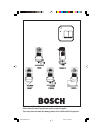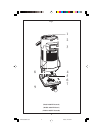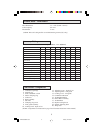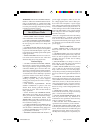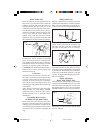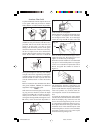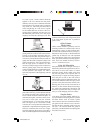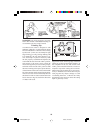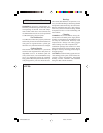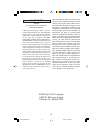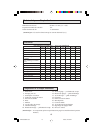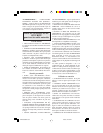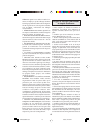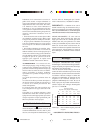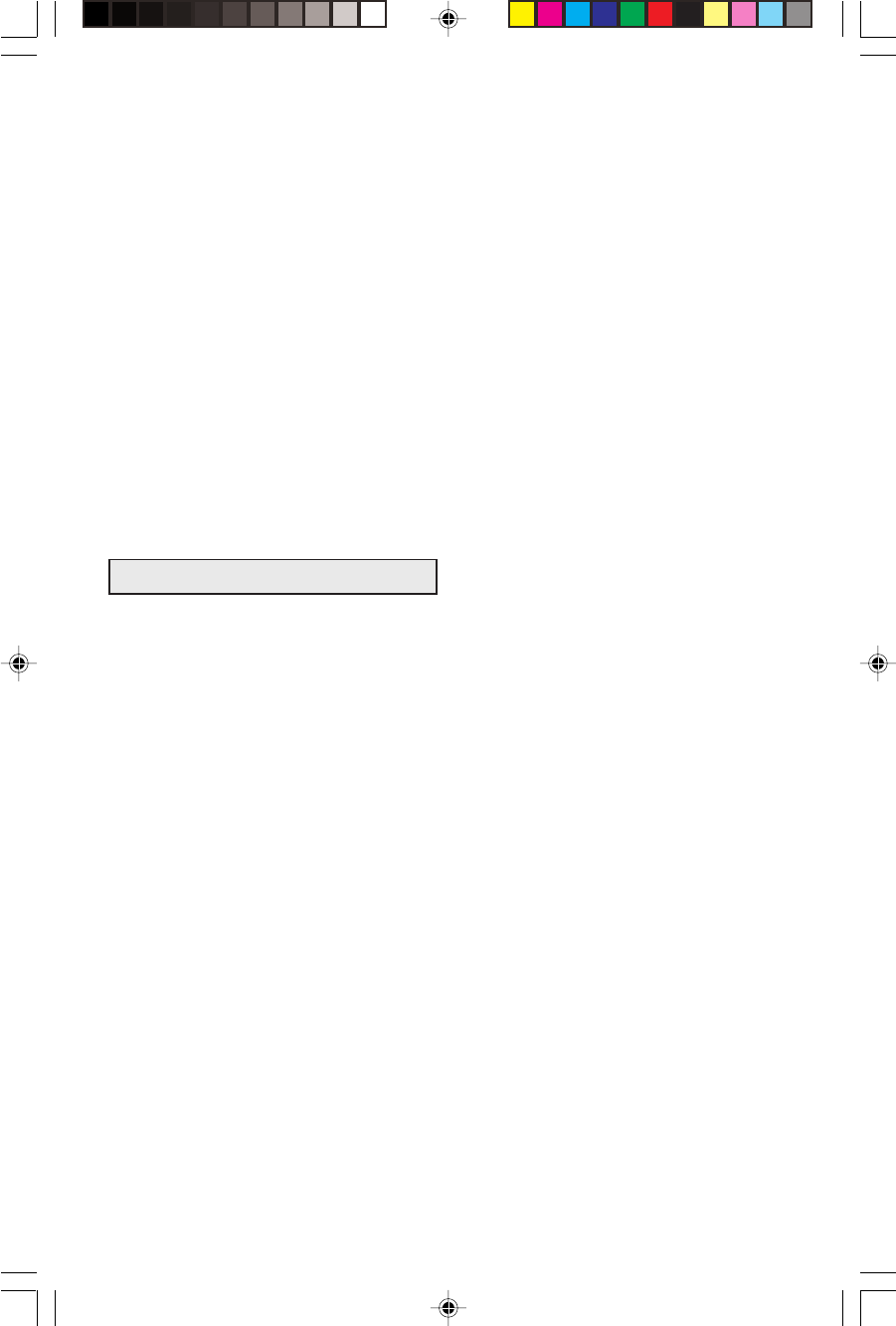
5
thorized service facility. Inspect extension cords
periodically and replace if damaged. Keep
handles dry, clean and free from oil and grease.
• CHECK DAMAGED PARTS. Before fur-
ther use of the tool, a guard or other part that is
damaged should be carefully checked to deter-
mine that it will operate properly and perform
its intended function. Check for alignment of
moving parts, binding of moving parts, break-
age of parts, mounting, and any other condi-
tions that may affect its operation. A guard or
other part that is damaged should be promptly
and properly repaired or replaced. Have defec-
tive switches replaced. Do not use tool if switch
does not turn it on or off.
• ALL REPAIRS, ELECTRICAL OR ME-
CHANICAL, should be attempted only by
trained repairmen. Contact the nearest Bosch
Factory Service Center, or Bosch Authorized
Service Center or other competent repair cen-
ter. Use only Bosch replacement parts, any
other may create a hazard
Safety Rules for Trim Router
• Always wear safety goggles. If trimmer has a
removable chip deflector, keep it in place when
routing.
• Never use dull or damaged bits. Handle bits
with care.
• Always make sure the workpiece is free from
nails and other foreign objects which can cause
the bit and trimmer to jump and damage the bit.
• Be sure that the bit is installed according to
the procedure described in this manual. Check
all settings and adjustments before making a
cut. An incorrectly installed bit or loose setting
could cause an accident or injury. Always dis-
connect the power cord before making adjust-
ments or changing bits.
• Do not make adjustments while the tool is
running.
• Never hold the workpiece in one hand and the
trimmer in other when in use. Always clamp the
material and hold the trimmer securely with
both hands.
• Never start the trimmer when the bit is en-
gaged in the material. The bit’s cutting edge
may grab the material causing the trimmer to
get out of control. Always hold the trimmer
with two hands during start-up. The reaction
torque of the motor can cause the trimmer to
twist.
• When turning the trimmer "ON", be aware
that the bit is protruding below the base. Keep
hands away from this area.
• Do not cut or rout into existing walls, around
any fixture or in a blind area which may have
electrical wiring, as the bit could conduct elec-
tricity to the tool, creating a hazard for the
operator.
• The trimmer should always be used with its
base flat on the material being cut. For better
control and accuracy of cut, guide the trimmer
with both hands. Use hand positions most com-
fortable and giving best control for your job.
• Never use bits that have a cutting diameter
greater than the opening in the base.
• The direction of feeding the trimmer into
the material is very important and it relates to
the direction of bit rotation. When viewing the
trimmer from the top, the bit rotates clockwise.
When the trimmer is located between your body
and the material, the feed direction must be to
the right. If the material is located between your
body and the trimmer, then the feed direction
must be to the left. Feeding the trimmer in the
wrong direction causes the cutting edge of the
bit to climb out of the work and pull the trimmer
in the direction of this feed.
• Never touch the bit or other moving part
during use. After use the bit is too hot to be
touched by bare hands.
• Be sure that the bit has come to a complete
stop before you put the trimmer down. This will
reduce the chance of unintentional contact with
the bit.
• When using the tool for laminate trimming,
keep the laminate overhang small. Do no allow
too much laminate to overhang when cutting
the laminate parts to size. When the overhang is
too great, it makes the trimmer more diffi
cult to
control. If the laminate overhangs the
workpiece by more than 2", use an overhang
bit to reduce the amount of material before
actually trimming the laminate to desired size.
WARNING! Some dust created by power
sanding, sawing, grinding, drilling, and other
construction activities contains chemicals
known to cause
cancer, birth defects or other reproductive harm.
Some examples of these
chemicals are:
• Lead from lead-based paints,
• Crystalline silica from bricks and cement and
other masonry products, and
• Arsenic and chromium from chemically treated
lumber.
Your risk from these exposures varies, depend-
ing on how often you do this type of work. To
reduce your exposure to these chemicals: work
BM 2610909755 7/01 7/26/01, 12:03 PM5



